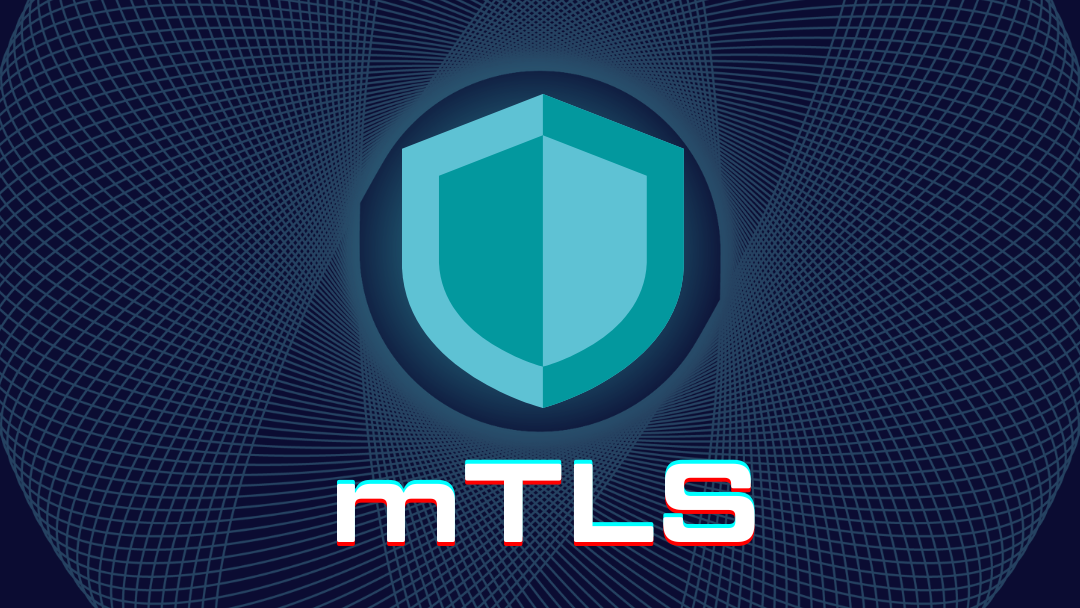What is Mutual TLS or mTLS ?

In our digital age where data is the new gold, its security is of utmost importance. We are constantly transmitting and receiving data, but how do we ensure its safety during these transactions? This is where Transport Layer Security (TLS) plays a vital role. It establishes a secure channel between two systems, safeguarding your precious data from prying eyes. But what if we could bolster this security even further? This is where mutual TLS comes into play. This blog post will unpack everything you need to know about mutual TLS and why it matters.
Basics of TLS
At its core, Transport Layer Security (TLS) is a protocol providing communication security over a computer network. It ensures that the data transmitted between two systems, say your computer and a server, is encrypted and secure. This encryption makes the data unintelligible to anyone who might intercept it, providing a shield against eavesdroppers and data tampering.
How TLS Works
But how does TLS achieve this? It’s all about the TLS handshake, a process establishing a TLS session between a client (like your computer) and a server. Here’s the sequence:
- ClientHello: The client proposes encryption options.
- ServerHello: The server picks its preferred encryption method from the client’s list.
- Server Certificate and Key Exchange: The server provides its certificate for the client to authenticate it.
- Client Certificate and Key Exchange (if requested): The client, if asked, sends its certificate and public key.
- Change Cipher Spec: Both parties switch to the agreed encryption method.
- Finished: Both sides verify that the handshake was not tampered with.
Introduction to Mutual TLS
This is where Mutual TLS (mTLS) comes in. It extends the standard TLS handshake by mandating the client to provide its certificate. This process, called client-side authentication, ensures that not only does the client know the server, but the server also knows the client. Mutual TLS brings in an additional layer of security by asserting the identity of all parties involved in a communication.
How Mutual TLS Works
Let’s break down the mutual TLS handshake:
- ClientHello
- ServerHello
- Server Certificate and Key Exchange
- Certificate Request: The server requests the client’s certificate.
- ServerHelloDone: Server signals the end of its part of the handshake.
- Client Certificate and Key Exchange: The client sends its certificate and key exchange.
- Change Cipher Spec: Both parties switch to the agreed encryption method.
- Finished: Both sides verify that the handshake was not tampered with.
Why use Mutual TLS?
The heightened security provided by mutual TLS makes it an excellent choice for:
- Securing machine-to-machine communication.
- Authenticating users in client applications.
- Improving IoT device security.
- Boosting security in a microservices architecture.
Implementing Mutual TLS
To truly understand how to implement mutual TLS, let’s consider a practical example: a secure web application, where a web server communicates with numerous client devices over the internet.
- Certificate Generation: Each entity in this communication – the server and all clients – needs its own certificate. Let’s use a trusted Certificate Authority (CA) to generate these. We’ll start with creating a certificate for the server (Server-Cert) and for one client (Client-Cert).
- Server Certificate Installation: Now, we install the Server-Cert on our web server. This process depends on the specific web server software. For example, if we use Apache, we would modify the server’s configuration file to point to the Server-Cert and the corresponding private key.
- Configure Server for Client Certificate Request: We need to adjust the server settings to request a client’s certificate during the TLS handshake. In Apache, this involves setting the ‘SSLVerifyClient’ directive to ‘require’ and pointing the ‘SSLVerifyDepth’ to the depth of client certificates we want to allow.
- Client Certificate Installation: We must securely distribute the Client-Cert and its private key to the corresponding client. This could be a user’s web browser or another server. The installation depends on the specific software or hardware. For a web browser, this typically involves importing the certificate into the browser’s certificate store.
- Trust Establishment: For mutual TLS to work, each party must trust the certificate of the other party. This is where the CA comes in. Both the server and the client should already trust the CA that issued their certificates. Therefore, they can trust the certificate presented by the other party during the handshake process.
- Testing the Connection: Finally, it’s time to test the mutual TLS connection. When the client makes a request to the server, the server will ask for the client’s certificate. If the client provides a valid certificate and the server can verify it, the server will establish a secure, encrypted connection.
This process highlights the basic steps involved in implementing mutual TLS. It’s important to remember that this is a simplified example. In a real-world scenario, you may need to handle numerous clients, manage certificate revocation, and possibly automate certificate distribution and renewal. Here is an example.
Benefits and Drawbacks of Mutual TLS
Like any technology, mutual TLS has its pros and cons:
- Benefits: Increased security, the assurance of identity verification.
- Drawbacks: Increased computational overhead and the complexity of certificate management.
Conclusion
In a world increasingly dependent on secure digital communications, mutual TLS presents a robust way to safeguard our interactions. While it introduces some complexity and computational costs, the enhanced security and verified identity make it a worthy consideration for many scenarios.